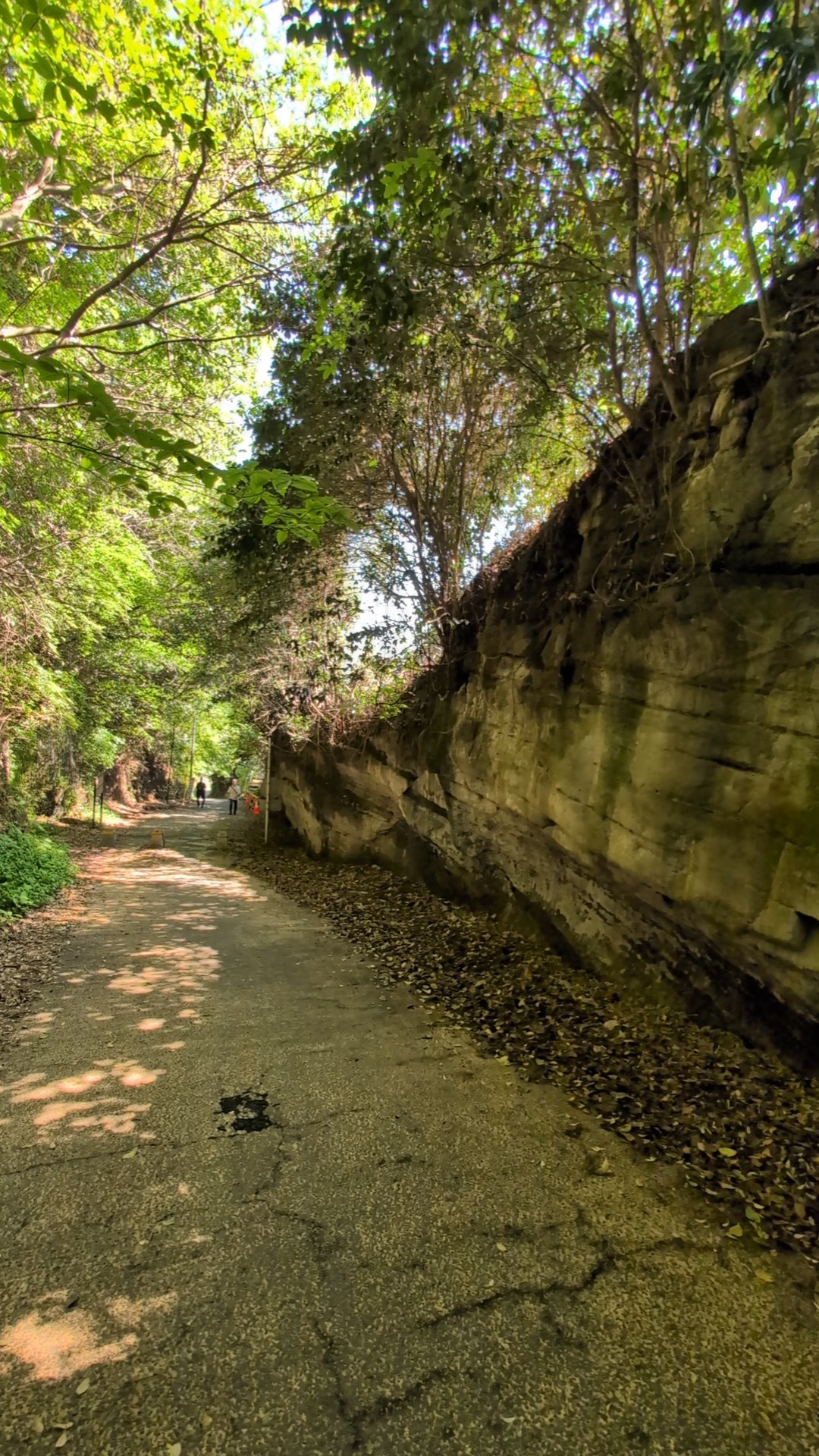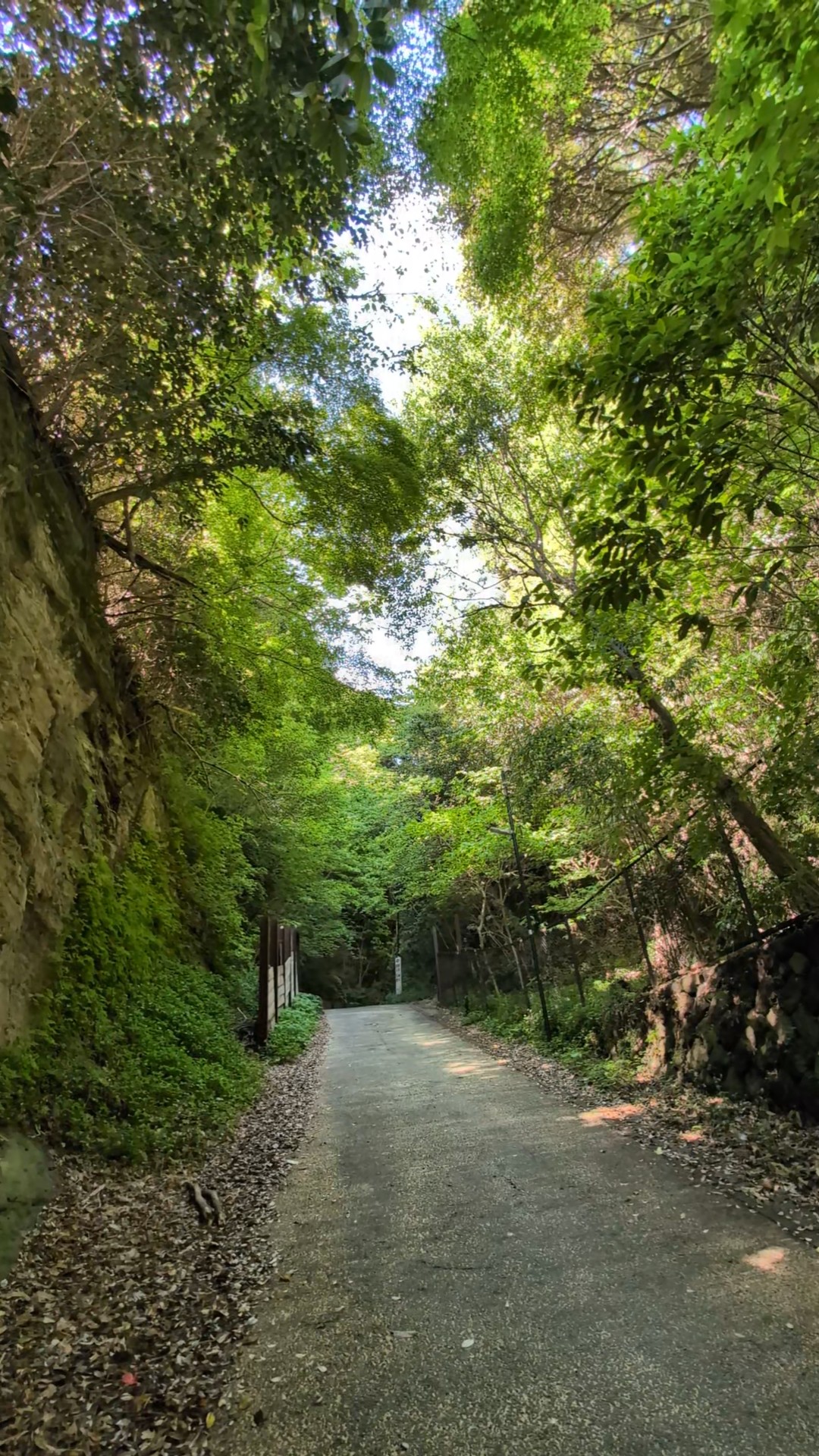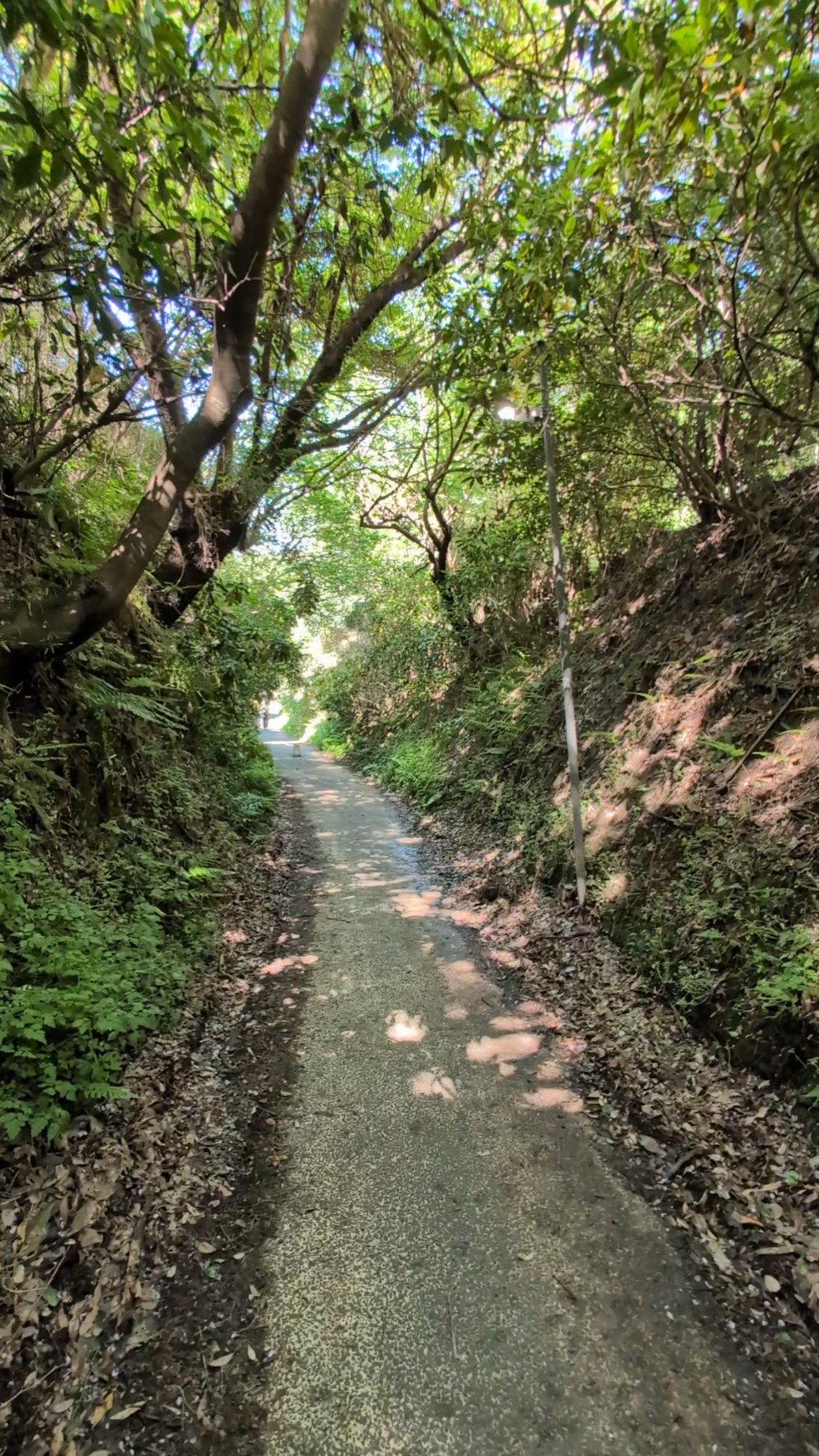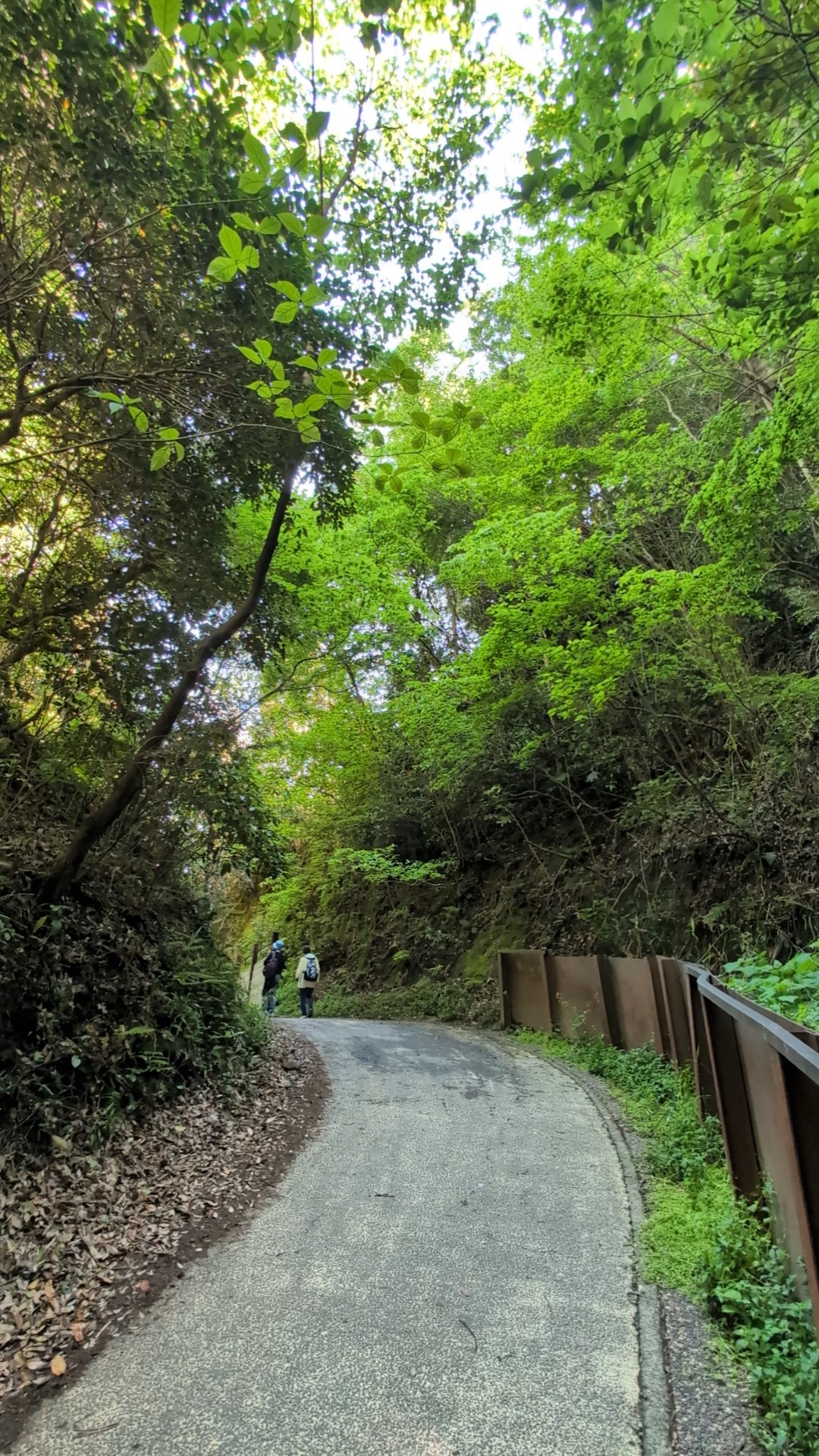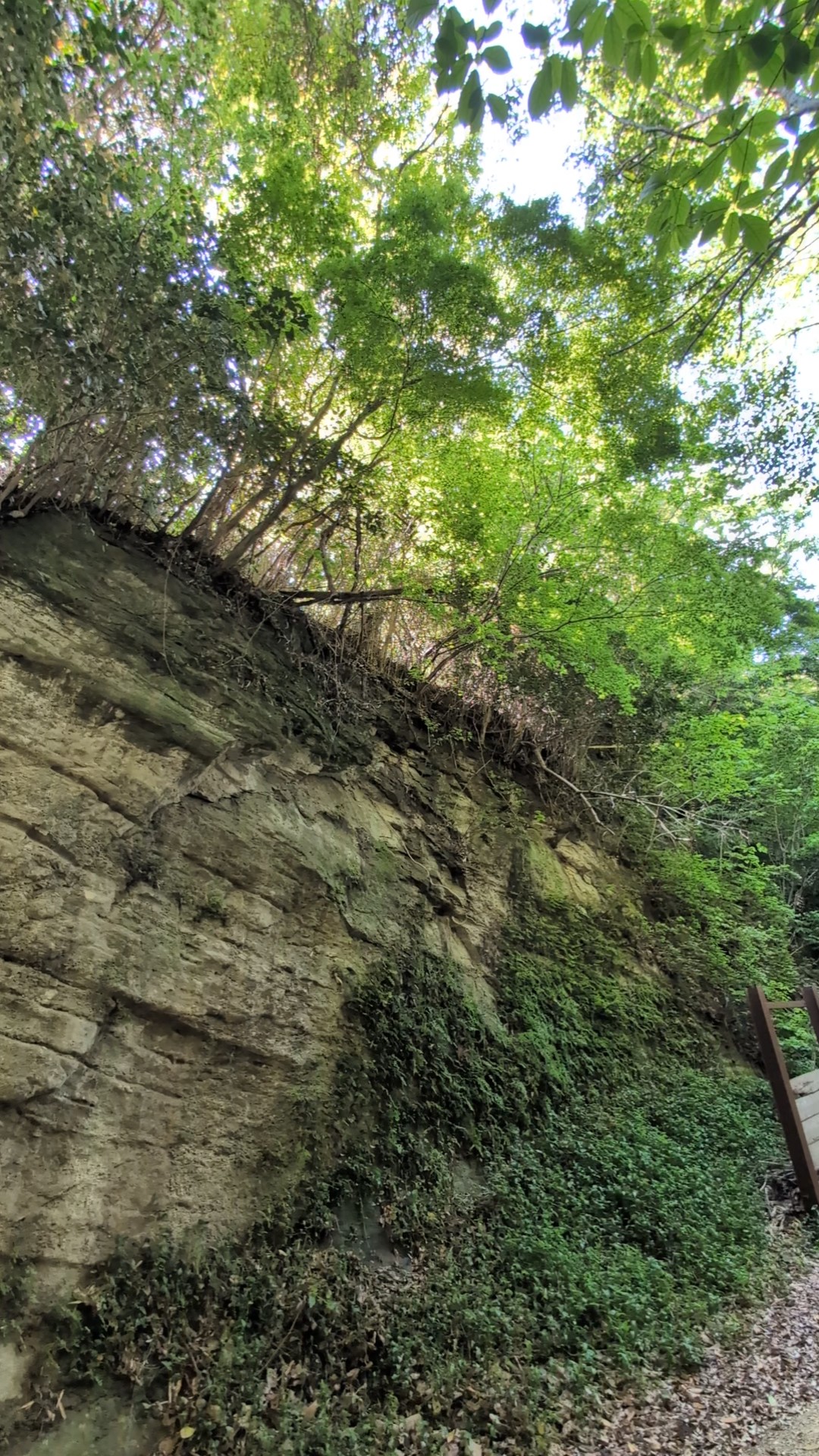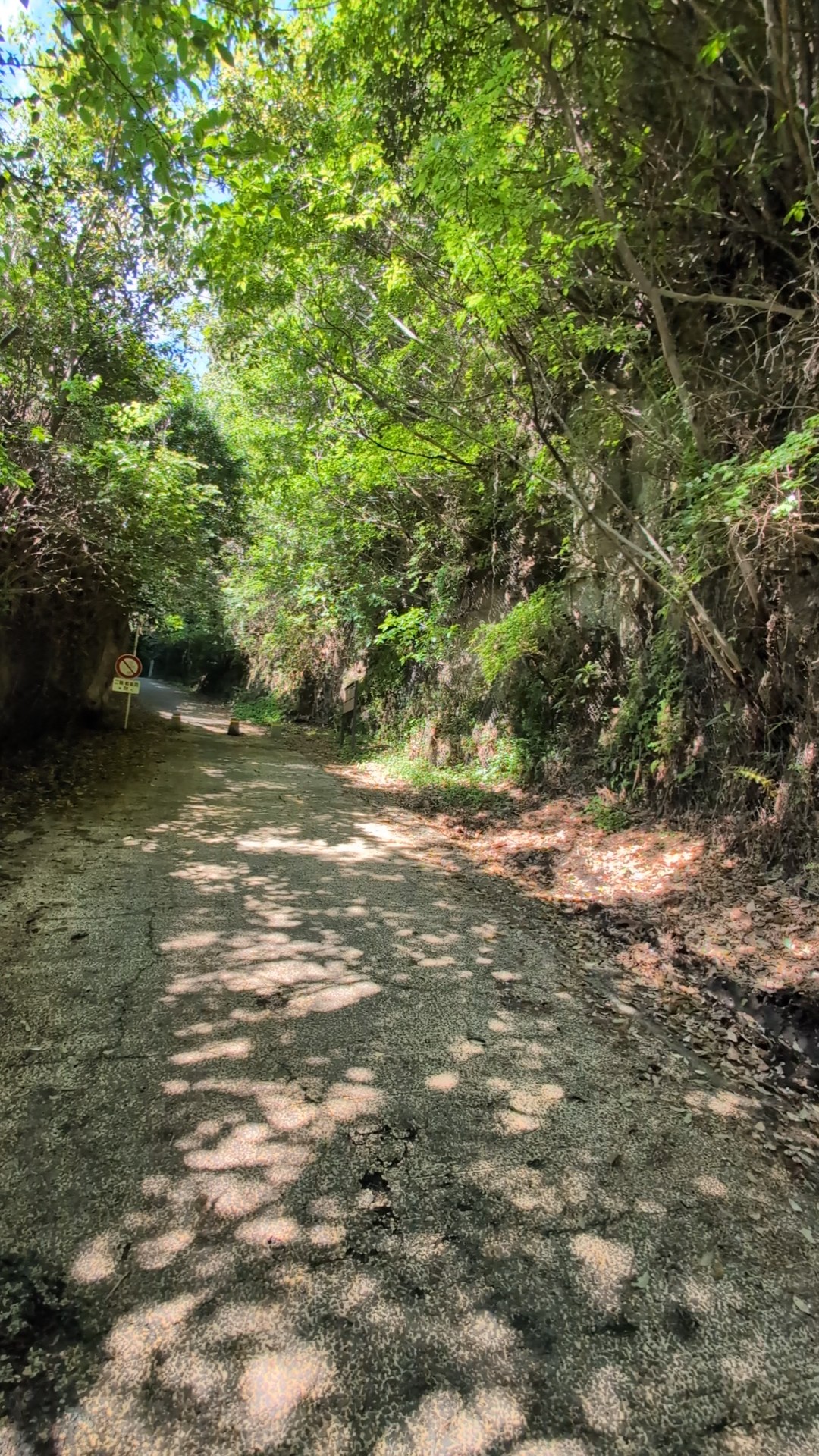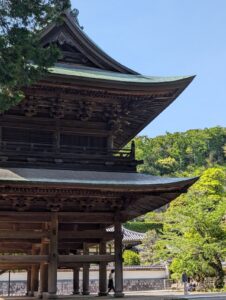Kamegayatsu-zaka Kiridoshi Pass
Tucked between the green ridges of northern Kamakura, Kamegayatsuzaka Kiridoshi is a quiet, mossy pass that feels like a portal to a different era. It forms part of one of the most rewarding walking routes in the area—starting from the tranquil Kita-kamakura and leading gently toward the heart of Kamakura.
It’s one of Kamakura’s ancient kiridoshi—narrow man-made passes carved through steep hills during the samurai era. Far removed from Tokyo’s restless pace, this route invites you to walk slowly, breathe deeply, and let the modern world fade behind.
What is a Kiridoshi?
A kiridoshi is a narrow path cut through hills to allow passage in and out of Kamakura, a city historically protected by its surrounding terrain. These paths date back to the Kamakura period (1185–1333) and were often used for defense as well as transportation.
The “Kamakura Seven Kiridoshi”
Kamegayatsuzaka is one of the so-called “Kamakura Seven Kiridoshi”—seven strategic passes that connected Kamakura with the surrounding provinces during its time as the political center of Japan. Each pass was carved by hand, blending engineering, nature, and the logic of defense.
Today, these paths make for meditative walking routes, and Kamegayatsuzaka is especially well-suited as a serene link between Kita-kamakura and central Kamakura.
History & Background
Kamegayatsuzaka once served as a northern gateway into Kamakura, connecting it with the Kanazawa area. Its name, which roughly translates to “the slope where turtles struggle to climb,” reflects its steep and slippery incline. During the Kamakura period, the pass held military importance and was frequently used by traveling monks and messengers.
In more recent centuries, the pass fell into quiet disuse, overtaken by moss, ferns, and silence. But this neglect only enhanced its allure. The soft light filtering through tall trees, the worn steps cut into rock, and the narrow path hugging a stone cliff all add up to an atmosphere of timelessness.
Today, it serves as a historical trail and a soulful detour—perfect for those taking a slow walk from the temples of Kita-kamakura to the bustling backstreets of Komachi-dori or the shorelines of southern Kamakura.
Highlights Worth Slowing Down For
Unlike more touristic spots in Kamakura, Kamegayatsuzaka invites introspection rather than spectacle. The path is narrow, barely wide enough for two people to pass, flanked by high earthen walls covered in moss and wildflowers. It’s the kind of place where time slows—not because there is so much to see, but because there’s so much you’ll feel.
- Mossy Earth Walls: The green-draped earthen cliffs on either side of the trail feel almost cathedral-like. You’re not just walking through nature—you’re walking through centuries.
- A Silent Curve: One particularly tight bend in the path forces you to slow down, offering a brief, almost cinematic moment of solitude.
- Stone-carved Niches: If you look closely, you may spot shallow carvings in the rock walls—remnants of Buddhist statues or memorials from a bygone era.
Pair this trail with a visit to Jochi-ji Temple at the start and a calm stroll into Kamakura’s historical core afterward. It’s a route that embodies TOKYO FADES HERE—a day trip where ease meets curiosity, just an hour from Tokyo.
Cafés Nearby, Calm Intact
Take a cup to go before your walk from Kita-kamakura, or wind down with something sweet on the Kamakura side. Here are a few stops to consider:
- terre verte / khanompang : A quiet hideaway by the tracks, where rustic sweets and passing trains set the mood
- Verve Coffee Roasters Kita-Kamakura : Bright and open, where California style meets Kita-kamakura stillnesss
- Kissa Yoshino : A nostalgic, cozy spot with a relaxed mood and familiar comfort
Opening Hours :
Open 24 hours (not lit at night; daylight hours recommended)
Access :
About 15 minutes walk from JR Kita-kamakura Station (West Exit)
About 20minutes walk from JR Kamakura Station (West Exit)
Admission Fee :
Free

